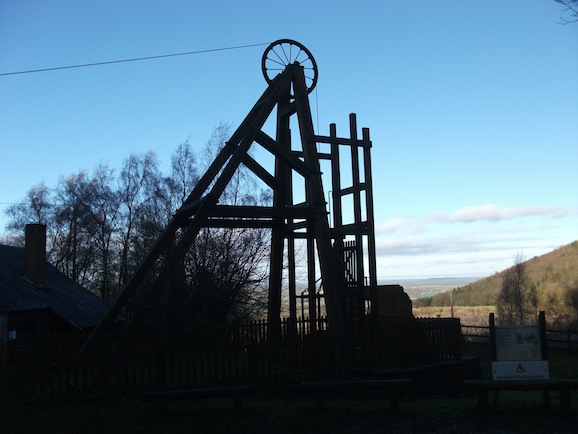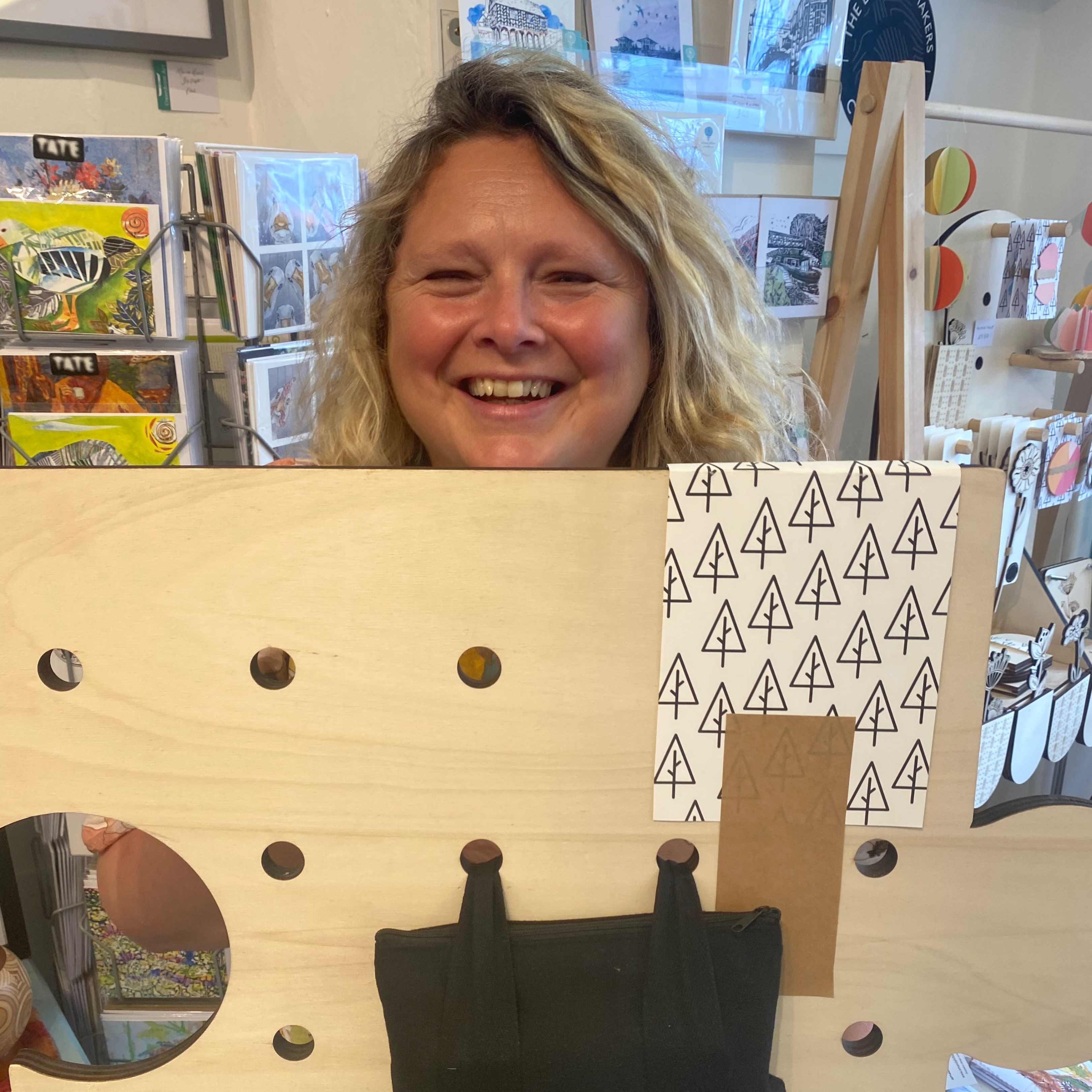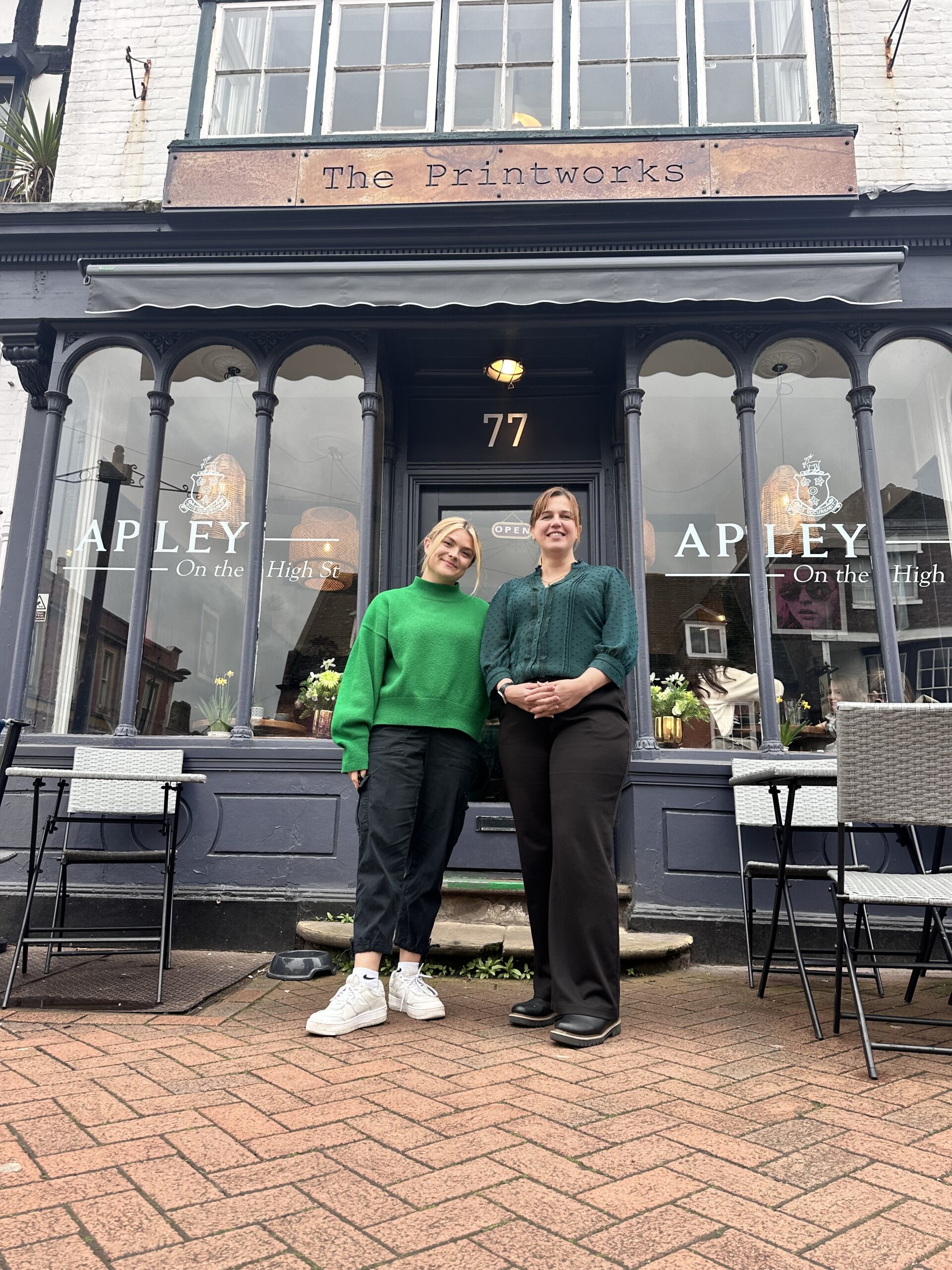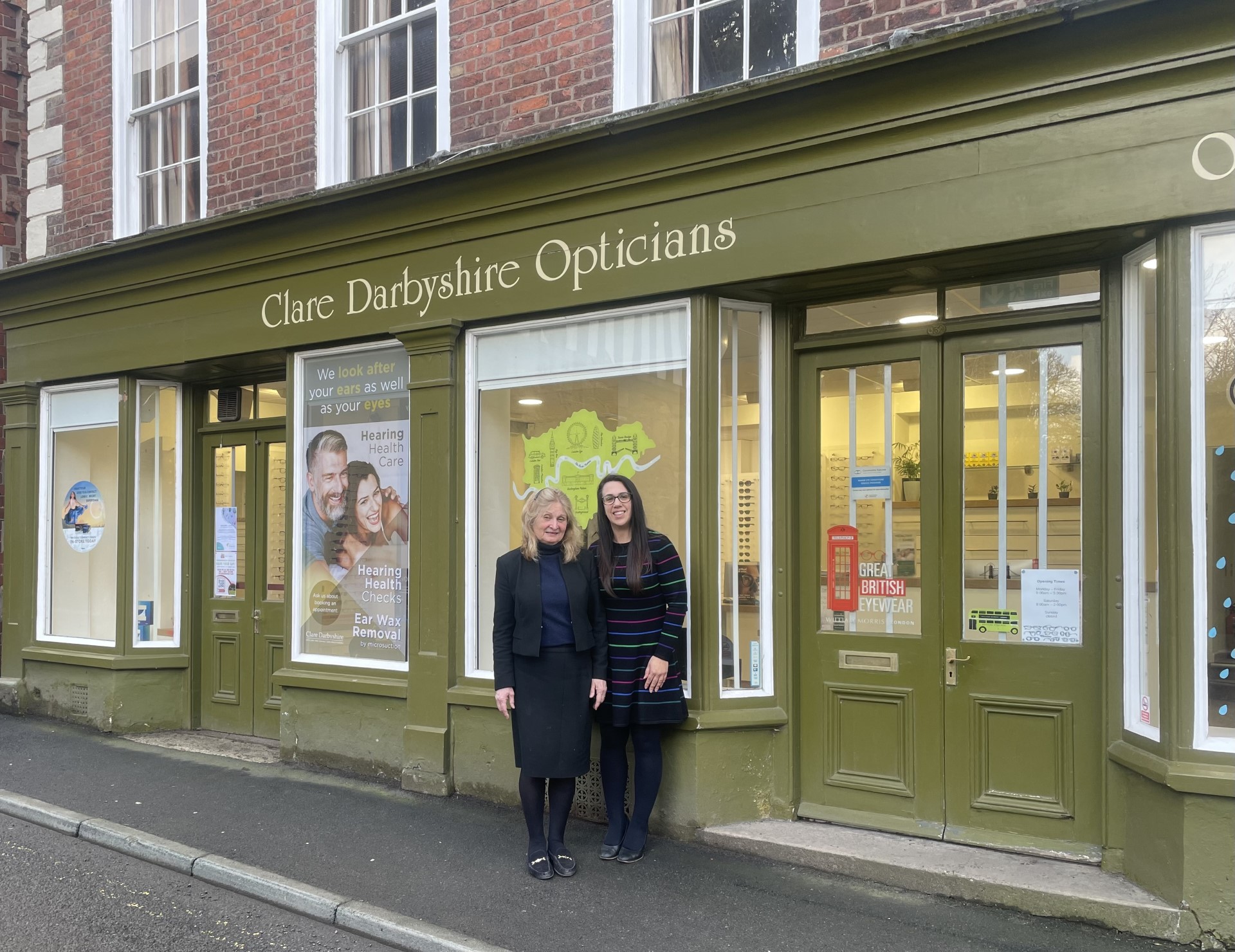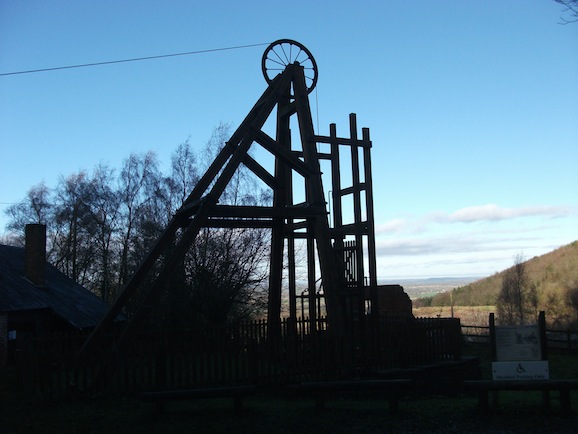
Ed Andrews looks at how nature is reclaiming the industrial landscape across Shropshire with a look at two redundant mine sites…
Shropshire’s role in the industrial revolution is well documented, and part of its success lies in geographical and historical coincidence, and part due to the local geology; to fuel the furnaces and steam engines of the revolution, huge quantities of coal were needed – a mineral in supply all over the county with several large coal fields beneath our county.
Primitive mining had been going on long before the advent of the industrial revolution. On the Brown Clee ancient bells pits can be seen as shallow depressions in the ground today. These were some of the highest mining sites in the country, and by the 16th century, coal mining was widespread across Shropshire, with mines opening from Kinlet in the south to St. Martins in the north.
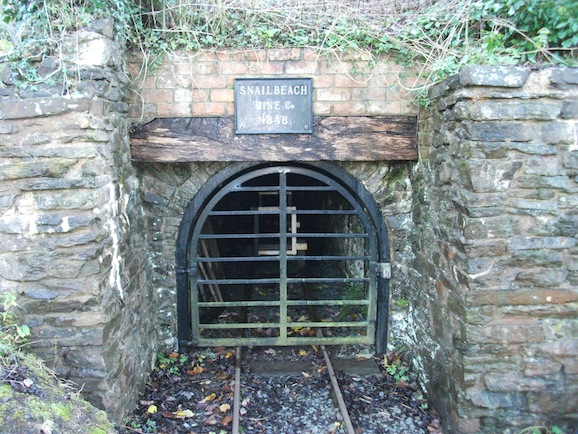 In 1877 the Highley Mining Company was formed. Deep shafts were sunk in Highley and later in Alveley and for 70 odd years the company was very profitable. Production peaked in 1957 at 300,000 tons of coal a year. The mine was closed in 1969 due to cheaper sources of coal being mined, and the site of Highley and Alveley pit is now managed as Severn Valley Country Park.
In 1877 the Highley Mining Company was formed. Deep shafts were sunk in Highley and later in Alveley and for 70 odd years the company was very profitable. Production peaked in 1957 at 300,000 tons of coal a year. The mine was closed in 1969 due to cheaper sources of coal being mined, and the site of Highley and Alveley pit is now managed as Severn Valley Country Park.
Some of the highest mining sites in the country are on the Brown Clee.
In other parts of Shropshire, different minerals were mined. Nestled on the side of Stiperstones is Snailbeach. At one time this was one of the most important lead mines in the country. The main mineral that was mined was Galena which was smelted to make lead. Many of the buildings, mine shafts, railway tracks and chimneys are still present on the site.
When coal mines and lead mines shut down, large amounts of nutrient-poor, loose, spoil are left on the site. The good news is that ground that has been affected by industrial activity will not stay bare for ever. An invisible army of seeds soon blow onto the spoil heaps and often the first plants to grow are annuals with their short lifecycle.
As the habitat stabilises, perennials have a competitive advantage over annuals as they persist over the winter using a storage organ like a bulb or rhizome. These plants improve the soil and eventually woody species like bramble will start to grow, shading out the plants. Often the first tree to appear is silver birch, a pioneer species.
The gradual process of change of vegetation in a habitat over time is known as ecological succession.
Each stage of ecological succession alters the habitat slightly to enable the next vegetation community to move in. The typical climax community in the UK is an oak woodland; slow-growing but long-lived trees which eventually shade out the birch trees.
Both Snailbeach and Severn Valley Country Park have a high prevalence of silver birch on the spoil heaps. At Snailbeach, on areas where trees are not growing and the spoil is still bare, it is possible to see a rare butterfly called a grayling. These insects bask on the sunny slopes. Delicate flowers called harebells also thrive on the spoil where the nutrient levels are low and grasses cannot become dominant.
At Severn Valley Country Park, a group of volunteers have managed to secure £10,000 lottery funding to transform an area of coal spoil into a wildflower haven. The spoil heaps were reclaimed and rank grassland has developed. As I write this article, contractors are on site installing fencing and gates to allow the area to be managed as a traditional hay meadow. Local children have helped to spread wildflower seed.
Old mine sites have the potential to yield a different but very precious resource.
It is important not to forget our mining heritage. Miners were hard-working men doing a tough job for little reward. At Severn Valley Country Park, a mine wheel is lit up at night as a tribute to the miners. Even though the coal is no longer worked, the old mine sites have the potential to yield a different but very precious resource. I look forward to the day when I can walk over the old spoil heaps with orchids, yellow rattle and sorrel all around me and the sound of a skylark overhead.
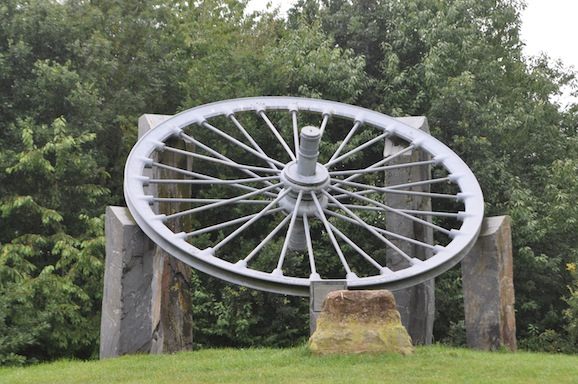
Do one thing for wildlife this month:
Shropshire Council Outdoor Recreation Service now manages both Snailbeach and Severn Valley Country Park for public access and nature conservation, and volunteers are crucial in helping to manage both sites. Severn Valley Supporters Group do practical work and fundraising at Severn Valley Country Park, which included securing the money to create the wildflower meadows on the spoil heaps. The main volunteer day at the park is on a Tuesday but a weekend group will start soon. Why not make a New Year’s Resolution to join one of the volunteer days and do your bit for nature conservation? For more details please telephone the park on 01746 781192.

